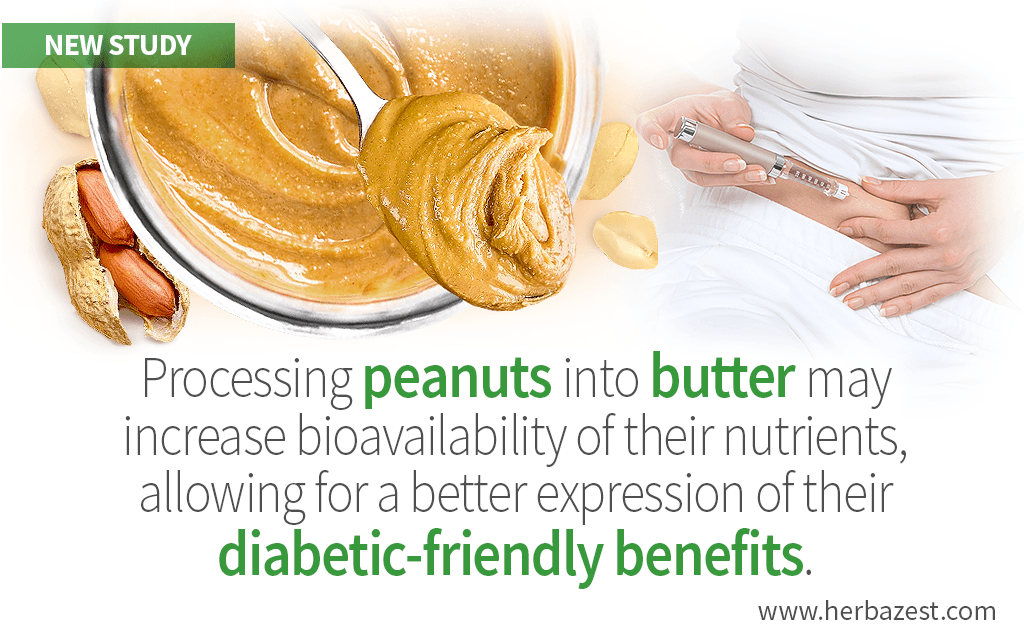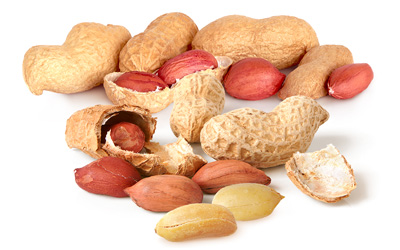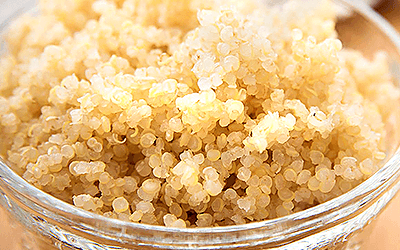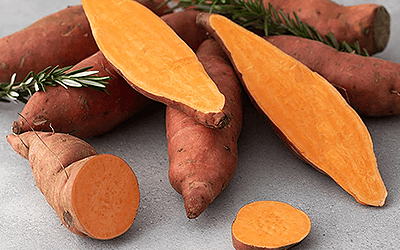Nuts are widely considered beneficial for human health, with solid scientific links between their consumption and reduced morbidity.1,2 This is also includes nuts' effects on managing type 2 diabetes.
Several studies aimed at determining which nuts (and at what amounts) offer the most benefits to diabetics, including trials on peanuts whose nutritional characteristics were shown to regulate appetite and improve glycemic control.3 The underlying mechanisms, however, remain poorly understood.
This clinical trial was conducted to determine the effects of peanuts on diabetic parameters, including glucose metabolism, appetite, and food intake.
The Study
It was a randomized, cross-over clinical trial undertaken by researchers from several universities in Brazil and the American Purdue University. Its discoveries were published in the British Journal of Nutrition.
Participants were 15 obese women with high type 2 diabetes risk, who were assigned to the following regimens:
- A breakfast meal with 42.5 grams of peanuts without skins
- A breakfast meal with 42.5 grams of peanut butter
- A peanut-free, 75 g carbohydrate-matched breakfast meal
Each woman went through each of the three regimes, with an eight-day washout period in between.
Postprandial (after eating a meal) blood glucose, insulin, appetite, and food intakes – among other variables – were measured after breakfast meals as well as after a standard lunch meal.
The Results
Participants eating a peanut butter breakfast showed reduced first-meal free fatty acid concentrations and early glycemic responses. Peanut butter consumption also improved second-meal glycemic responses and reduced the glycemic index of breakfast meals.
When it comes to selected gut satiety hormone responses, the peanut butter consumption resulted in higher concentrations of glucagon-like peptide-1 (GLP-1), peptide YY (PYY), cholecystokinin (CCK).
After a peanut butter-containing breakfast, participants also showed higher insulin concentrations in comparison to those after control meals.
There also was a reduced desire to eat between 480 and 730 minutes after eating peanut butter.
Participants consuming whole peanuts without skins have shown somewhat similar, but less significant effects.
What Does this Mean?
As evident by the results, adding peanut butter to breakfast can be beneficial for diabetics. The protective effects were mostly seen as improved glycemic responses and appetite.
Researchers suggest that processing peanuts into butter increases bioavailability of its nutrients, allowing them to express their health benefits in a more efficient way.
Other herbs with a low glycemic index are lentils, chickpeas, oats, and apples.
Sources
- The British Journal of Nutrition, Acute and second-meal effects of peanuts on glycaemic response and appetite in obese women with high type 2 diabetes risk: a randomised cross-over clinical trial, 2012
Footnotes:
- The New England Journal of Medicine. (2013). Association of Nut Consumption with Total and Cause=Specific Mortality. Retrieved January 5, 2021 from https://www.nejm.org/doi/full/10.1056/NEJMoa1307352
- Asia Pacific Journal of Clinical Nutrition. (2010). Health benefits of Nuts in Prevention and Management of Diabetes. Retrieved January 5, 2021 from https://search.informit.org/doi/abs/10.3316/informit.971101230402103
- The American Journal of Clinical Nutrition. (2009). Nuts and health outcomes: new epidemiologic evidence. Retrieved January 5, 2021 from https://academic.oup.com/ajcn/article/89/5/1643S/4596955?login=true





